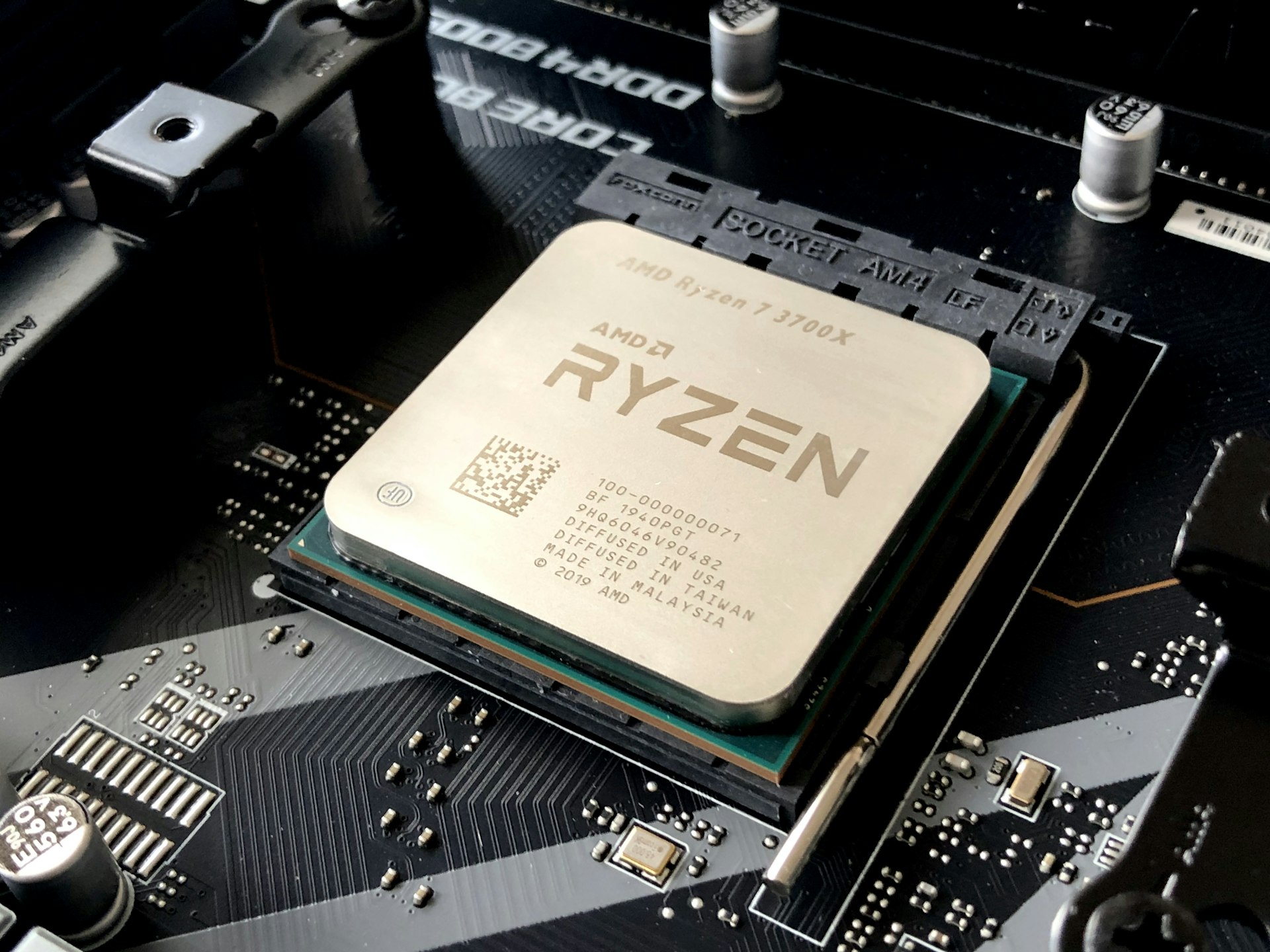Decentralized Finance in 2025: Trends, Opportunities, and Actionable Guidance for the Next Wave of Financial Innovation

Photo by Kanchanara on Unsplash
Introduction: The New Era of Decentralized Finance
Decentralized finance (DeFi) is rapidly transforming the global financial landscape. In 2025, DeFi platforms are no longer experimental; they are live systems processing billions in daily transaction volume and supporting everything from stablecoin swaps and lending protocols to decentralized insurance and DAO treasuries [5] . This article provides a comprehensive look at the future of DeFi, with actionable strategies for accessing opportunities, evaluating platforms, and managing risks in this fast-evolving ecosystem.
Market Growth and Future Potential
The global DeFi market is experiencing steep growth. By 2025, the market is expected to reach $42.76 billion, up from $30.07 billion in 2024, with projections indicating a surge to $178.63 billion by 2029 [4] . This expansion reflects strong investor confidence and rapid adoption, powered by innovative financial products and increased institutional interest. Total Value Locked (TVL) across DeFi protocols has already hit $123.6 billion, marking a 41% year-over-year increase [4] .
For individuals and businesses, this growth means greater access to new financial instruments, more competitive yield opportunities, and a robust environment for experimentation and investment. To tap into these opportunities, users should:
- Research top DeFi platforms using verified resources such as established blockchain media outlets and analytics platforms.
- Monitor market performance and liquidity metrics, typically available on reputable DeFi data aggregators.
- Evaluate platform security, transparency, and compliance with emerging regulatory guidelines.
Regulatory Evolution and Institutional Interest
One of the most significant shifts for DeFi in 2025 is the emergence of clearer regulatory frameworks. More jurisdictions now provide explicit guidelines for DeFi operations, which reduces uncertainty and encourages institutional investment [1] . A softening regulatory environment is helping DeFi move from a fringe technology to mainstream financial infrastructure [2] .
Key steps for accessing regulated DeFi services include:
- Consulting official financial regulatory agencies to verify platform compliance.
- Reviewing platform documentation and legal disclosures for evidence of regulatory adherence.
- Seeking platforms that integrate Know Your Customer (KYC) and Anti-Money Laundering (AML) protocols, where applicable.
For those interested in institutional-grade DeFi investments, consider financial institutions and exchanges that have adopted hybrid models, combining DeFi flexibility with traditional finance (TradFi) stability [1] .
Technology Advancements: Interoperability & Layer-1 Innovation
Interoperability is a core focus for DeFi in 2025. As multiple blockchains support different DeFi applications, the ability to move assets and data seamlessly across networks is essential. Cross-chain bridges and interoperability protocols are unlocking new opportunities and making the user experience smoother [3] . The rise of new Layer-1 blockchains further expands scalability and accessibility.
To leverage these advancements:
- Use cross-chain wallets and bridges developed by reputable teams and audited for security.
- Verify the compatibility of DeFi protocols with your preferred blockchain networks.
- Start with well-supported Layer-1 platforms such as Ethereum, Solana, or Avalanche, and explore their respective DeFi ecosystems.
Challenges such as smart contract vulnerabilities and bridge hacks remain, so users should prioritize platforms with proven security records and regular audits.
Key DeFi Trends: Real-World Asset Tokenization, Staking, and Prediction Markets
Several trends are shaping the DeFi landscape in 2025:
- Real-World Assets and Bond Tokenization : DeFi is moving beyond cryptocurrencies to include tokenized real estate, government bonds, and commodities. These assets are accessible via DeFi protocols that support synthetic stablecoins and asset-backed tokens [3] .
- Liquid Staking : Platforms allow users to stake tokens for yield while maintaining liquidity, maximizing returns and supporting network security [3] .
- Prediction Markets : Decentralized prediction platforms let users speculate on real-world events, financial outcomes, and more, creating new avenues for information markets and risk hedging [3] .
To access these opportunities:

Photo by Markus Winkler on Unsplash
- Research and join DeFi protocols that specialize in tokenized assets, liquid staking, or prediction markets.
- Use official analytics resources or community forums to verify platform track records and user reviews.
- Be prepared to manage your own private keys and wallet security, as most DeFi platforms operate permissionlessly.
Stablecoin Integration and Synthetic Assets
Stablecoins play a pivotal role in DeFi’s stability and accessibility. As of June 2025, $146 billion worth of stablecoins circulate within DeFi protocols, with top assets like USDC, DAI, and USDT integrated across lending, trading, and yield farming platforms [4] . Synthetic stablecoins, such as Ethena’s USDe, are gaining traction, and cross-chain stablecoin bridges transferred over $12.6 billion in value in the first half of 2025 [4] .
For users interested in stablecoin-backed DeFi products:
- Choose platforms with high stablecoin integration, such as major lending protocols and decentralized exchanges.
- Review collateralization ratios and audit reports to assess platform stability.
- Utilize cross-chain bridges for transferring stablecoins between networks, prioritizing those with security audits and transparent transaction histories.
Risk Management and User Considerations
While DeFi offers unprecedented access and flexibility, it also requires users to manage their own assets and risks. In DeFi, custody shifts from banks and institutions to the user’s own cryptocurrency wallet [5] . This is empowering but demands careful attention to security and due diligence.
Best practices for risk management in DeFi:
- Always use a reputable, non-custodial wallet with robust security features.
- Double-check smart contract addresses and protocol legitimacy through blockchain explorers and community channels.
- Start with small transactions and scale up as you gain confidence and experience.
- Stay updated on platform developments, audits, and security incidents using official project announcements and security research portals.
For those new to DeFi, consider starting with educational platforms and simulation tools before transacting with real assets.
Step-by-Step Guidance for Accessing DeFi Services in 2025
To enter and benefit from the evolving DeFi ecosystem, follow these steps:
- Set up a secure cryptocurrency wallet, such as MetaMask, Trust Wallet, or Coinbase Wallet. Ensure you follow all recommended security protocols.
- Fund your wallet with supported cryptocurrencies or stablecoins through a regulated exchange. For U.S. users, platforms like Coinbase and Kraken are licensed and provide direct fiat on-ramps.
- Research DeFi platforms using verified blockchain media and analytics resources. Look for platforms with transparent governance, regular audits, and positive user reviews.
- Connect your wallet to the chosen DeFi protocol. Verify the website address and utilize official links provided by the project’s documentation.
- Test the platform with a small transaction. Monitor transaction confirmations and review your wallet’s activity.
- Scale your participation as you gain familiarity, keeping abreast of evolving trends, regulatory updates, and platform changes.
If you need help, search for official community forums, verified social media channels, and educational material from established blockchain organizations.
Alternatives and Additional Pathways
For those unable or unwilling to participate directly in DeFi, consider:
- Indirect exposure through regulated cryptocurrency investment vehicles, such as ETFs or mutual funds that hold DeFi tokens.
- Engaging with hybrid financial institutions that offer DeFi-backed products alongside traditional offerings.
- Participating in DeFi education programs or simulated environments to build knowledge before real investment.
To locate these services, search for “regulated DeFi ETF,” “hybrid crypto bank,” or “blockchain education portal” on reputable search engines or financial news outlets.
Key Takeaways and Looking Ahead
Decentralized finance in 2025 is defined by rapid growth, expanding access, and technological innovation. By following verified pathways, using secure wallets, and staying informed on regulatory changes, users and businesses can unlock significant opportunities in the DeFi space while managing potential risks. Always use official sources and platforms, and seek out community guidance when uncertain.
References
- [1] Debut Infotech (2025). Best DeFi Platforms for 2025 and Regulatory Insights.
- [2] NMI (2025). 2025 Predictions: DeFi Will Become Mainstream.
- [3] CryptoPotato (2025). Top 5 DeFi Trends in 2025: The Ultimate Guide.
- [4] CoinLaw (2025). Decentralized Finance Market Statistics 2025: TVL, Token Caps.
- [5] G2 (2025). Decentralized Finance in 2025: Know the Risks and Rewards.
MORE FROM savvysc.com













